For many years, travellers could earn and spend Velocity Points on flights with Delta Air Lines. But with Virgin Australia now partnered with United, those arrangements are no more. But Delta remains a great option for flights to, within and beyond the United States.
In fact, even though Velocity status no longer gets you into Delta’s lounges, your American Express card could still have you covered. Even on domestic-only journeys within the United States. So when you do fly Delta, here’s how to make the most of the experience as an Australian traveller.
How to earn and spend points on Delta Air Lines flights
You certainly don’t need to forgo points (or perks) when travelling with Delta. Here’s how it all works.
Earning and spending miles via Delta SkyMiles
A good place to start is Delta’s own SkyMiles frequent flyer program. Miles never expire, and you’ll be able to earn and redeem them across all Delta Air Lines flights. Usually, you’ll earn at least five miles per US$1 spent on Delta fares.
Unlike traditional airline loyalty programs, Delta’s offering doesn’t rely on ‘reward seats’ when booking Delta flights. The number of miles needed simply tilts up and down depending on the cash fare for the same ticket.
In many cases, it’s possible to fly with Delta from just 5,000 miles plus US$5.60 in tax, which is a real steal.
Yes, you could make a return trip within the United States for just US$11.20 out of pocket! Certainly, longer routes and peak time flights will command more miles. For the best rates, plan ahead, or look to travel in less popular times such as away from school holidays and long weekends.
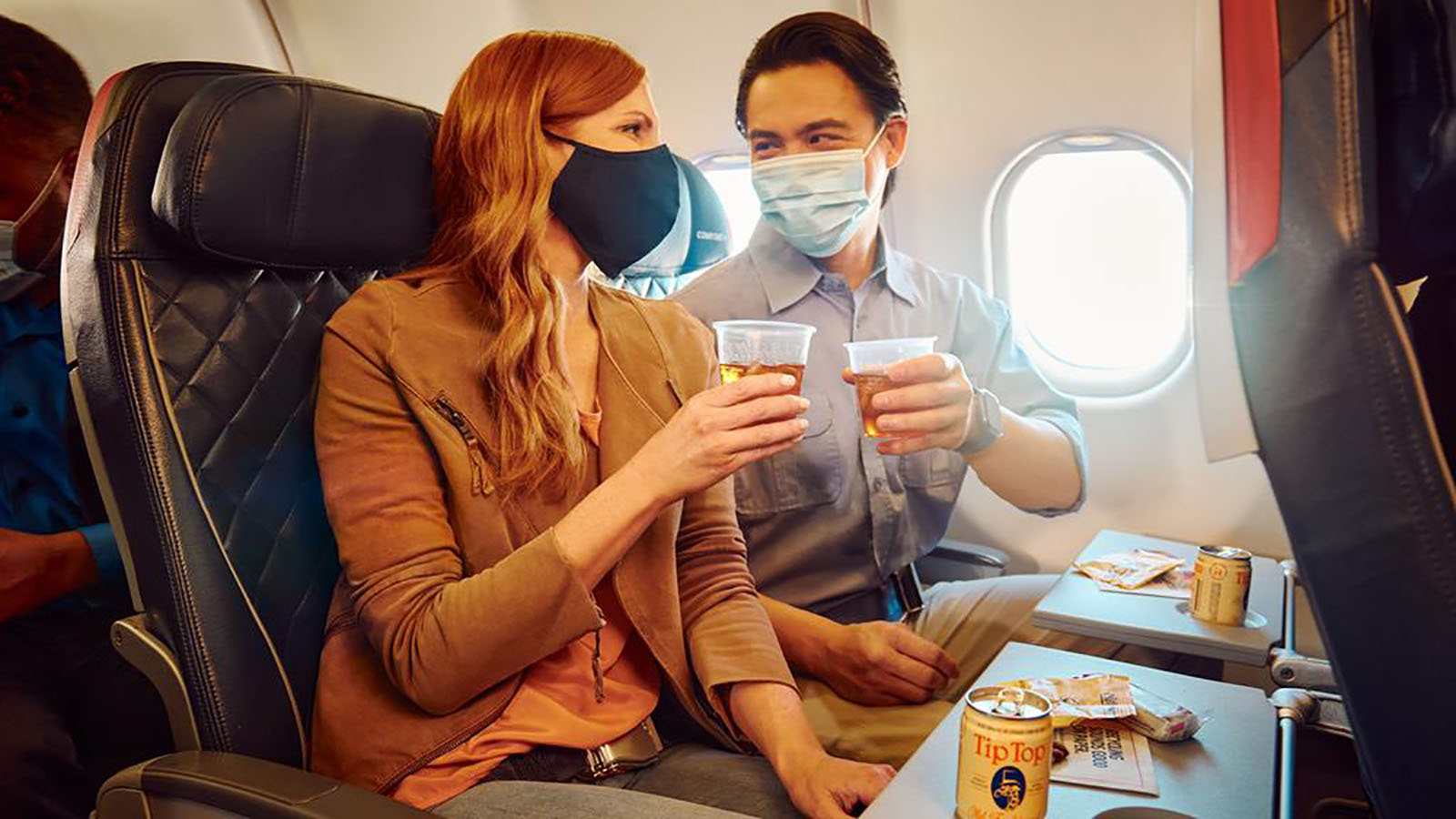
Because Delta belongs to the global SkyTeam Alliance, you can earn and spend miles all around the world: not just on Delta. In particular, those opportunities exist with airlines that aren’t tied up with other popular carriers like Qantas, Virgin Australia or Singapore Airlines.
From Australian skies, this means you can earn and burn miles on Korean Air, Garuda Indonesia, Vietnam Airlines, and XiamenAir, for instance. Plus China Airlines and China Eastern, which are also partnered with Qantas. And because miles never expire in the SkyMiles program, you can slowly and safely add to your balance over time, even if you don’t regularly travel.
My experience with Delta SkyMiles
On a personal note, Delta SkyMiles has been part of my frequent flyer strategy for years now, even during the days of the Virgin Australia partnership. And my Delta strategy recently paid off big time, when I saved over $700 on a cross-country flight on the one day I needed to travel.
Because Delta doesn’t rely on ‘reward seats’, I was able to use miles for the very last seat in the cabin. And for that matter, in Comfort+, on a plane where the seat was proper international-grade Premium Economy. The one-way ticket I needed would have costed AU$877 – and again, this was one of those times where I had to fly, and fly then. But using miles, it cost so much less.
I could have booked the flight for 50,000 Delta miles plus US$5.60. As it happened, I had 45,000 miles in my account – and yet, I could still book by burning all those miles and adding US$95.60 (AU$149) on the side. In essence, an AU$877 flight for a mere AU$149 – at a peak time from New York JFK to Los Angeles. On the newest plane in Delta’s fleet, and a plane type I’d never flown for (a rarity for me!): the Airbus A330-900neo.
Safe to say, when I made that booking, it really made me appreciate the flexibility of Delta SkyMiles. And when I next travel on a SkyTeam flight that can’t be credited to another program I use more often, those miles will go to Delta, ready for my next adventure.
Review: Delta Airbus A330-900neo Comfort+ (New York JFK – Los Angeles)
Earning and spending miles on Delta via Virgin Atlantic Flying Club
Not to be confused with Virgin Australia, Virgin Atlantic remains a close partner of Delta Air Lines. In fact, Delta even owns 49% of Virgin Atlantic, so the two are closely intertwined. And Virgin Atlantic’s Flying Club frequent flyer program is a great alternative for being rewarded when travelling with Delta.
Flying Club is also a points transfer partner of American Express Membership Rewards in Australia. This means you could grow your Flying Club balance through eligible credit card and charge card spend, and use those Flying Club points on Delta.
When travelling on a paid ticket, you can earn up to four Flying Club points per mile flown aboard Delta. At the top end of the spectrum, that’s close to 60,000 Flying Club points earned on a return Sydney-Los Angeles trip in Delta One (Business Class) on the pricier fares.
When it comes to spending points, rates from Australia are on the higher side. Expect to pay 165,000 Flying Club points for a one-way ticket in Delta One from Sydney to LA. Unlike many of Virgin Atlantic’s other partners, you can search and book these flights through the Virgin Atlantic website.
However, reward seat availability in Delta One is quite limited. Before transferring points from Membership Rewards, be sure to confirm that there are suitable reward flights available through Flying Club. You don’t want to get stuck with points that you can’t use as intended!
But when you can get Delta One…
Delta One is arguably the best Business Class seat you can get between Sydney and LA, so the points price reflects that. With modern surroundings and a closing door for privacy, the experience is a little closer to what many other airlines provide in First Class.
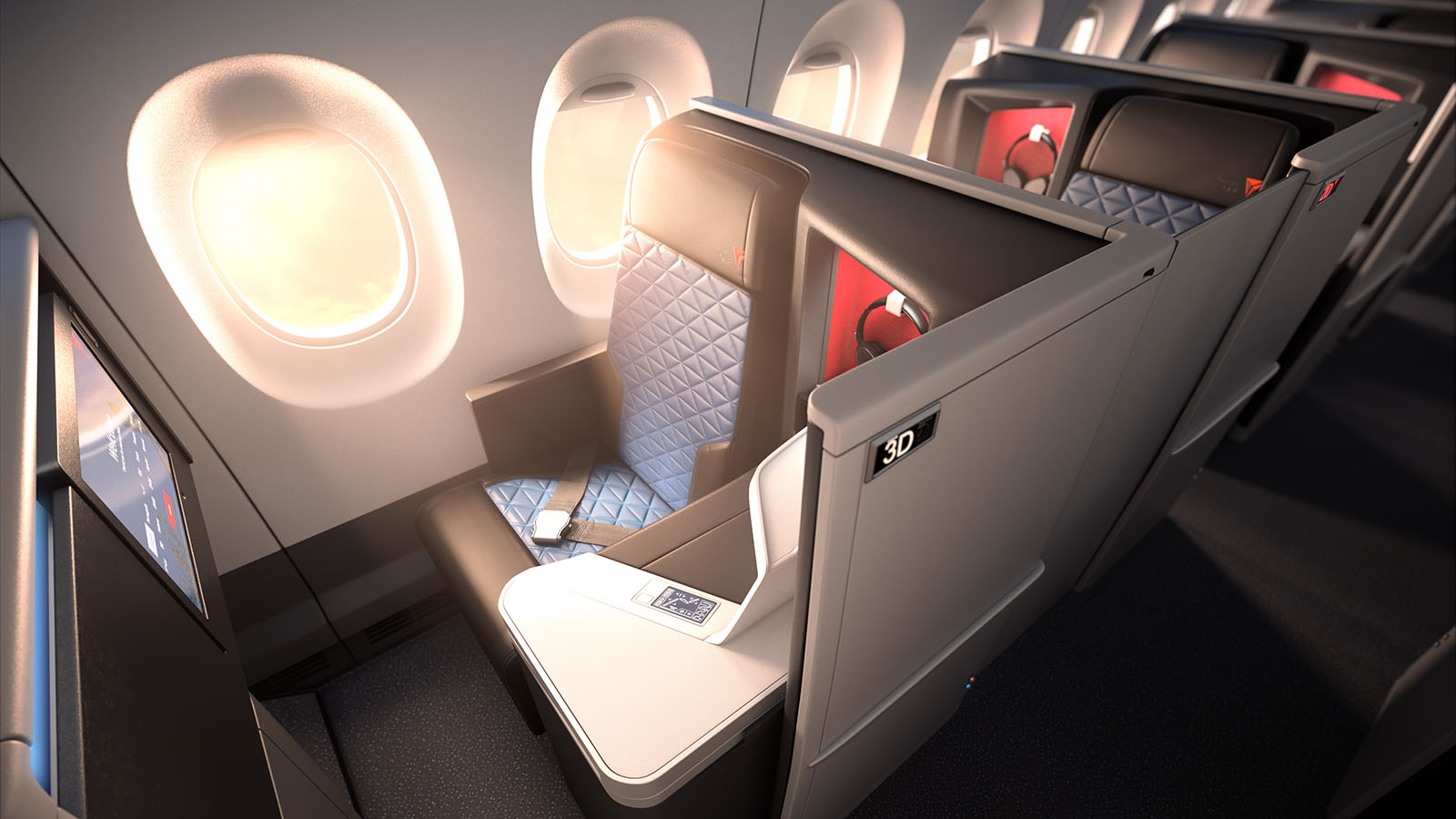
Rates are more reasonable on other routes, such as New York-London, which can be had from 47,500 Flying Club points in Delta One. Delta domestic flights start at just 7,500 Flying Club points in Main Cabin Economy.
Separately, Virgin Atlantic remains a partner of Virgin Australia, despite Delta and Virgin Australia no longer being friends themselves. This means you could earn Flying Club points travelling on Delta, and use those Flying Club points to book flights on Virgin Australia – or even vice versa.
What about lounge access when flying Delta?
Here are just some of the many ways Australian travellers can continue to lounge about with Delta.
- Book Delta One. International and domestic flights sold as ‘Delta One’ bundle lounge access as part of the ticket. This includes flights from Australia, reservations made using points, and of course, paid tickets. For instance, use Flying Club points for that Sydney-LA Delta One (Business Class) ticket and you’ll be set.
- Flash an Amex Platinum or Centurion Card. Travellers with these cards, including those issued in Australia, enjoy free access to Delta Sky Clubs. It doesn’t matter where you’re headed, what you’ve paid or what cabin you’ve booked. If there’s a Sky Club available and you’re booked on Delta, you’re good to go.
- Use your frequent flyer status. Gold-tier members (and above) of Delta SkyMiles and Virgin Atlantic Flying Club can access Delta lounges when travelling on eligible international itineraries. So can SkyTeam Elite Plus cardholders with status from other airlines. Here’s a guide to Sky Club lounge access, or head here for the rules specific to Flying Club members.
- Buy a Sky Club membership. If you’ll be flying with Delta a lot, a Sky Club membership could make sense. This costs US$695-US$1,495 per year though. And you need to already have elite status with Delta in order to subscribe. If you qualify, you can sign up via the Delta website.
- Consider alternatives. Depending on where you’re flying from, other lounges may be available to you. For instance, the American Express Lounge at Sydney Airport welcomes many Australian Amex cardholders: not only those with a Platinum or Centurion Card. Priority Pass can also come in handy too.
Summing up
Travelling with Delta can still be quite rewarding for Australians, even without a local frequent flyer partner. (Okay, Delta and Rex technically have an ‘interline agreement’ – but there’s no ability to earn or spend points).
Certainly, many Australian travellers will default to the airline partner of their preferred frequent flyer program. Those with Velocity status may now prefer to fly United, given the benefits it provides. And travellers with shiny Qantas Frequent Flyer cards will likely gravitate towards American Airlines, for similar reasons.
But not everybody has elite status, and not every airline flies everywhere. There are also times when choosing Delta could make more sense than its competitors, either because of flight availability, price, or comfort.
Those on US domestic-only itineraries with Velocity status may also be disappointed at the lack of lounge access their elite card provides. And with an Amex Platinum or Centurion Card tucked away, booking Delta instead could make for a more comfortable journey.
Also read: Travelling in the US: American Airlines vs United for Australian frequent flyers
Stay up to date with the latest news, reviews and guides by subscribing to Point Hacks’ email newsletter.
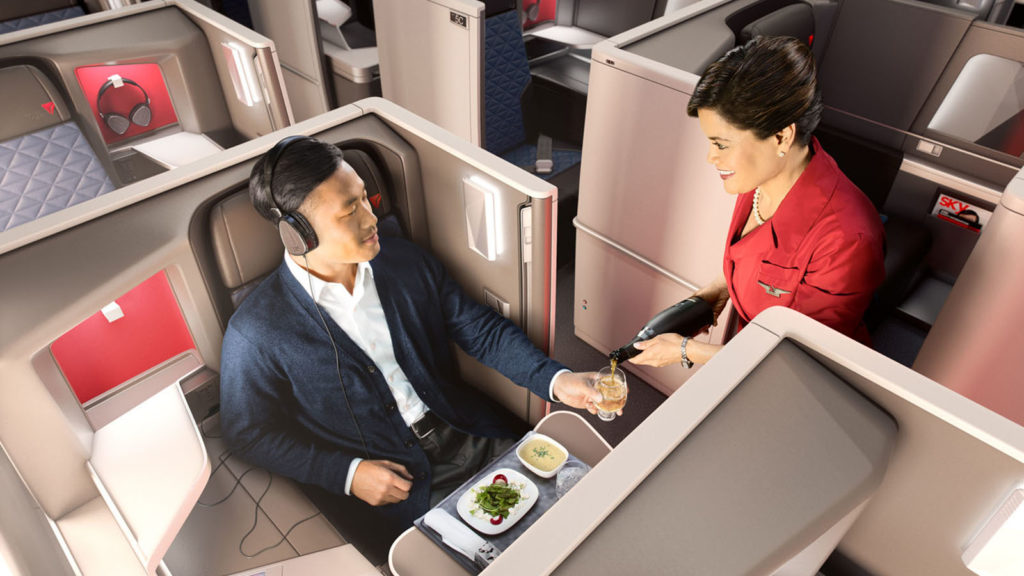
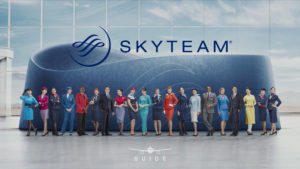
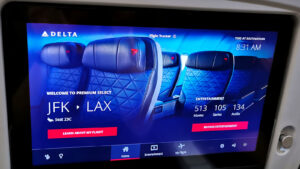



Are we reading this incorrectly, or is it a Delta anomaly? Both flights are Classic Reward Business Class.
Thanks in advance.
It was great to travel with that initial status recognition, I fell 550 miles short of the 17500 miles required for the whole trip so I did a quick BKK-HAN return trip and completed the status challenge almost entirely on non delta metal, I did change a flight from LAS to LAX and the DL staff were fantastic it incurred no cost and I still had an upgrade,
Anyways, I have a balance of 19,000 DL miles now and am wondering what you think the best intra- Asia redemption would be with them, I have always wanted to fly KE, if you could help point out what partner airlines in Skyteam around Asia have good redemptions I’d be happy to hear. I’m tempted to fly skyteam here and there to build up my delta miles when fares permit. Cheers